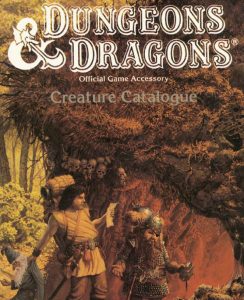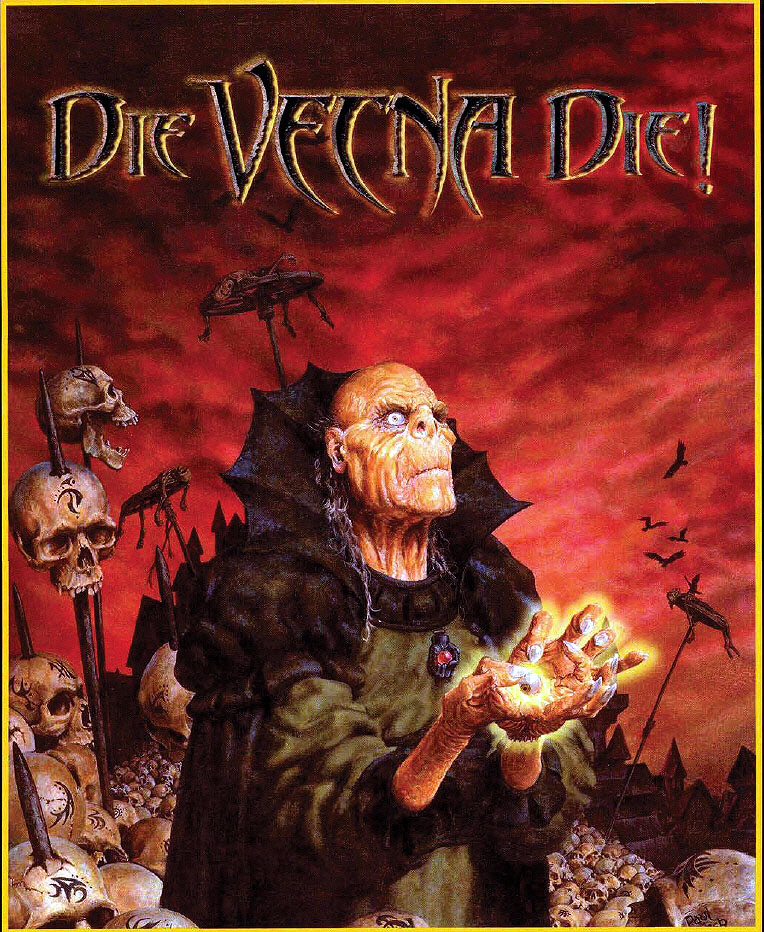
"Die Vecna Die!" is not only a high-stakes adventure module set in the tumultuous realms of Dungeons & Dragons but also a narrative journey that challenges players to confront the fragility of their own realities. This epic saga thrusts players into a cosmic dance of power and deceit, as they traverse the multiverse to halt the ascent of Vecna, a being imbued with necromantic prowess and an insatiable desire for divine status. This article delves deeper into the narrative structure, thematic elements, and profound implications of this pivotal campaign, emphasizing the depth and complexity it brings to the table.
Narrative Structure: A Tale of Cosmic Intrigue
"Die Vecna Die!" unfurls a world of interconnected stories and planes, each segment intricately woven into Vecna's grand ambition. From the mist-shrouded alleys of the Demiplane of Dread to the enigmatic pathways of Sigil, the City of Doors, the module offers a rich narrative landscape. The story is meticulously crafted to incorporate elements of horror, mystery, and epic fantasy, providing a multifaceted gaming experience. Players find themselves not only as warriors but also as detectives and diplomats in a plot that spans dimensions.
Thematic Depth: Ethics and Power
The quest against Vecna provides fertile ground for exploring themes of power, corruption, and redemption. Vecna, once a mortal who sought immortality through lichdom, embodies the dangers of overreach and the dark allure of absolute power. The module prompts players to ponder profound questions: What sacrifices are justified in the pursuit of power? Can one wield such power wisely, or is corruption inevitable? These themes resonate through every decision and confrontation, imbuing the adventure with a philosophical depth uncommon in traditional RPG campaigns.
Character Dynamics: Allies and Adversaries
In this chaotic weave of power plays and world-shattering stakes, characters, both major and minor, play crucial roles. Allies such as Iuz, though initially seeming to be mere pawns in Vecna's game, have their own agendas and contributions to the unfolding events. The dynamics between characters enrich the narrative, offering players opportunities to engage in complex relationships and alliances. The evolution of these relationships often mirrors the larger thematic questions of the campaign, reflecting the nuances of trust, betrayal, and leadership.
Setting as Character: The Multiverse as a Playground and Battlefield
The settings in "Die Vecna Die!" are more than mere backdrops; they are active elements of the story that challenge the players' perceptions of reality and magic. Each plane offers unique environmental challenges and moral dilemmas, from the oppressive regime of Ravenloft to the anarchic layers of the Abyss. These settings test the adaptability and ingenuity of the players, making the very universe a labyrinth of moral and physical puzzles.
Existential Threats: The Fabric of Reality at Risk
The stakes in "Die Vecna Die!" extend beyond the immediate physical dangers to the protagonists. The potential ascent of Vecna to godhood poses a threat to the stability of the multiverse itself. The campaign cleverly uses this cosmic instability to introduce elements of surrealism and existential horror, as the players must navigate a universe where the rules of physics and magic are unpredictably altered.
"Die Vecna Die!" stands as a hallmark of Dungeons & Dragons storytelling, offering a compelling blend of action, strategy, and philosophical inquiry. It challenges players to consider the weight of their choices and the ripple effects of their actions across multiple worlds. Through its complex characters, intricate plot, and dynamic settings, the module not only entertains but also invites reflection on the nature of power and responsibility in an ever-expanding multiverse.
This epic module remains a testament to the potential of Dungeons & Dragons to offer narratives that are as intellectually stimulating as they are thrilling, making "Die Vecna Die!" a revered chapter in the annals of role-playing history.
The Prelude: A Cosmic Chess Game
The adventure begins with Vecna, once a mortal wizard and now a lich of extraordinary power, who seeks to transcend his current status to achieve full godhood. Vecna's ambitions lead him across different planes of existence, manipulating friends and foes alike.
Vecna's journey from mortal wizard to a fearsome lich seeking godhood is not merely a power grab-it's a meticulously planned ascension that draws upon deep arcane knowledge and the harnessing of dark energies scattered across the multiverse. His machinations involve not only direct confrontations but also a series of subtle manipulations, exploiting both ancient prophecies and the ambitions of other powerful entities. As the adventurers track Vecna's path through various realms, they encounter a tapestry of alliances and enmities, each influenced by Vecna's past deeds and future aspirations. These interactions underscore the depth of Vecna's strategy, revealing his profound understanding of the cosmic forces at play and his willingness to disrupt the very order of the multiverse to achieve his divine aspirations.
The Characters: Heroes and Villains
Players engage with iconic characters including:
Vecna: The central antagonist, whose quest for divine omnipotence drives the plot. Vecna's quest for divine omnipotence is a saga filled with dark rituals and esoteric knowledge, casting long shadows over the lands he seeks to dominate. His insatiable thirst for power not only challenges the heroes but also threatens to unravel the very fabric of the multiverse. Throughout the adventure, Vecna emerges not just as a formidable foe, but as a complex character whose ancient ambitions are tied deeply to his past, revealing a narrative rich with intrigue and the consequences of hubris.
Iuz: The demigod of deceit and pain, is entangled in Vecna's intricate plot, finding himself manipulated into actions that serve Vecna's ambitious agenda. The son of the witch-queen Iggwilv and the demon lord Graz'zt, Iuz's divine status gives him significant power and influence across various planes, particularly in the World of Greyhawk campaign setting. His realm is known for its brutality and harsh rule, and he is a central figure in many D&D adventures, where he often plays the role of a formidable antagonist.Despite his formidable powers and cunning nature, Iuz's role in the unfolding events highlights his vulnerabilities and the limitations even divine beings face against a well-orchestrated conspiracy. This involvement leads to a tension-filled storyline where Iuz must navigate the treacherous waters of trust and betrayal, ultimately forcing him to confront his own principles and desires in a game where the stakes are immortality and dominion.
The Heroes: Diverse adventurers tasked with stopping a cosmic upheaval, navigating through complex landscapes and battling legendary creatures. The heroes, a group of diverse adventurers, are drawn from various backgrounds and possess unique abilities that are crucial to thwarting Vecna's ascendancy. Their journey is marked by a series of trials that test not only their combat skills but also their moral convictions and ability to work as a cohesive unit. As they traverse through haunted ruins, otherworldly dimensions, and landscapes twisted by magic, they encounter allies who are pivotal to their quest and adversaries who challenge their deepest fears. This epic narrative not only shapes them as individuals but also redefines their understanding of strength and sacrifice in a battle where the fate of the multiverse hangs in the balance.
Key Locations: From Greyhawk to Sigil
The journey spans several iconic settings:
The Demiplane of Dread: Known for its gothic horror, this plane traps those within it in a perpetual state of despair and terror. The Demiplane of Dread, also known as Ravenloft, serves as a prison for its inhabitants, ensnaring them in an endless cycle of fear and despair. This shadowy realm is cloaked in a perpetual fog that mutes the light and amplifies the eerie stillness that pervades the landscape. Its domains are ruled by darklords, each cursed to govern their own pocket of horror, reflecting their deepest sins and darkest desires. Within this grim setting, adventurers encounter twisted creatures, haunted locales, and morally complex dilemmas that challenge their notions of right and wrong. The very atmosphere of the Demiplane feeds on the fears of those it captivates, creating a chilling backdrop where psychological horror is as prevalent as physical danger.
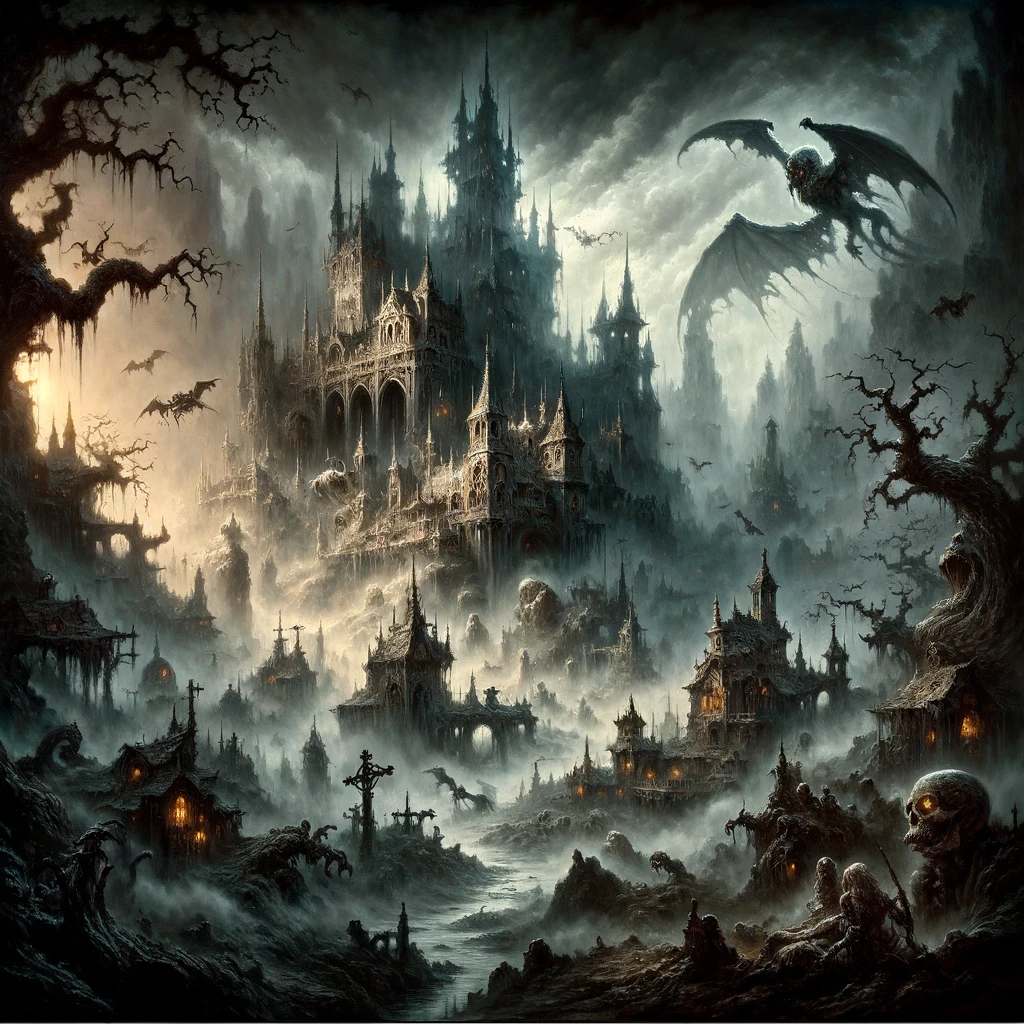
Sigil, the City of Doors: A neutral ground that connects various planes, becoming a battleground for the powers at play. Sigil, the City of Doors, stands as a nexus point in the multiverse, where infinite portals open to myriad realms, making it a critical hub for trade, intrigue, and arcane knowledge. Governed by the enigmatic Lady of Pain, Sigil is a place where no god may exert influence directly, preserving its status as neutral ground despite the swirling political machinations within its walls. Its unique position makes it a melting pot of cultures, ideologies, and cosmic entities, all vying for power and influence. Here, adventurers can find allies just as quickly as they can draw the ire of powerful factions, and every closed door can lead to a new, unexpected challenge. The city's intricate layout and the ever-present possibility of sudden but significant shifts in power dynamics make it a thrilling and unpredictable battleground.
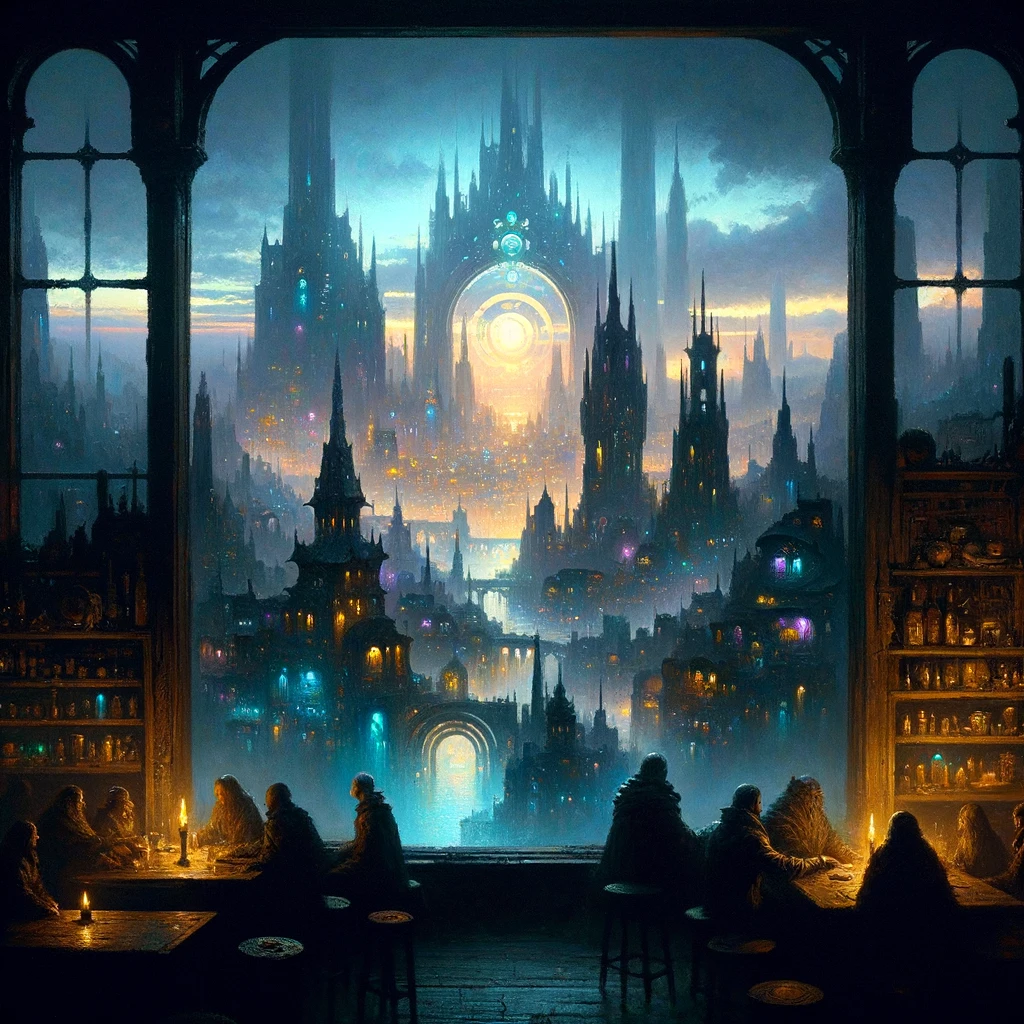
Citadel Cavitius: Vecna's stronghold within the Demiplane of Dread, a place of dark magic and darker secrets. Citadel Cavitius, Vecna's foreboding stronghold, epitomizes the dread and darkness of its master's legacy. Situated within the Demiplane of Dread, this bastion is suffused with a palpable aura of necromancy and forbidden lore. Its halls are lined with ancient tomes and artifacts of unimaginable power, guarded by undead minions and eldritch traps designed to thwart any who dare intrude. The deeper one ventures into the citadel, the more the very walls seem to whisper of Vecna's past atrocities and future ambitions. Here, secrets are not merely kept; they are sealed away, hidden in shadowed corners and behind locked doors, awaiting discovery by those brave or foolhardy enough to uncover them. This stronghold is not just a fortress but a repository of the arcane knowledge that Vecna has hoarded over centuries, making it a key location in the struggle against his rise to godhood.
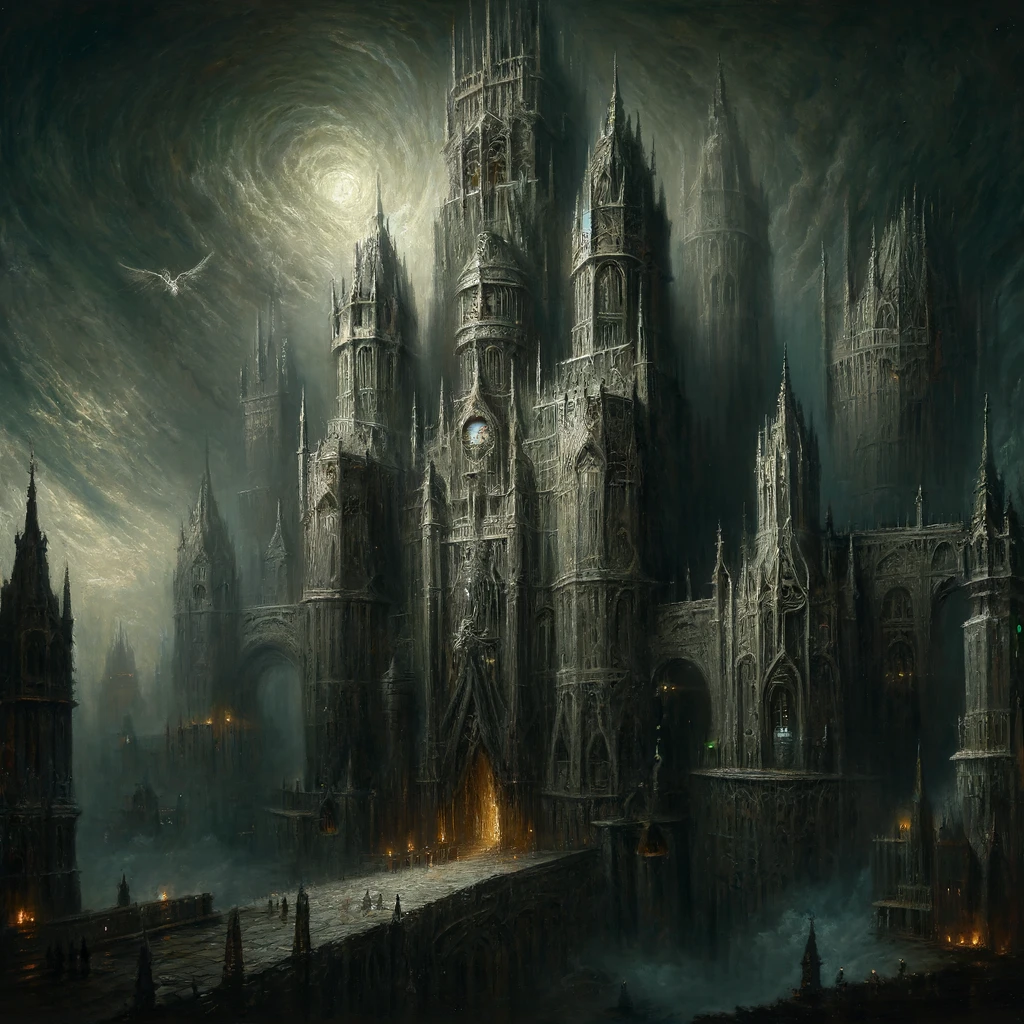
Major Events: The Struggle for Power
The adventure unfolds through critical confrontations and plot twists:
- Vecna's Ascension Attempt: The lich attempts to use ancient, forbidden magic to ascend to godhood, necessitating the heroes to traverse through time and space to thwart his plans.
- Battles Across Planes: Players face conflicts that are not just physical but metaphysical, dealing with existential threats that question the very essence of their realities.
- Climactic Confrontations: Key battles with Vecna, such as the showdown in Sigil, where the fabric of reality is at stake.
Power and Consequence
Die Vecna Die! explores deep themes of power, betrayal, and the consequences of ascension. Vecna's manipulation of Iuz serves as a cautionary tale of ambition, while the heroes' journey highlights themes of sacrifice and heroism.
Artifacts of Ultimate Corruption
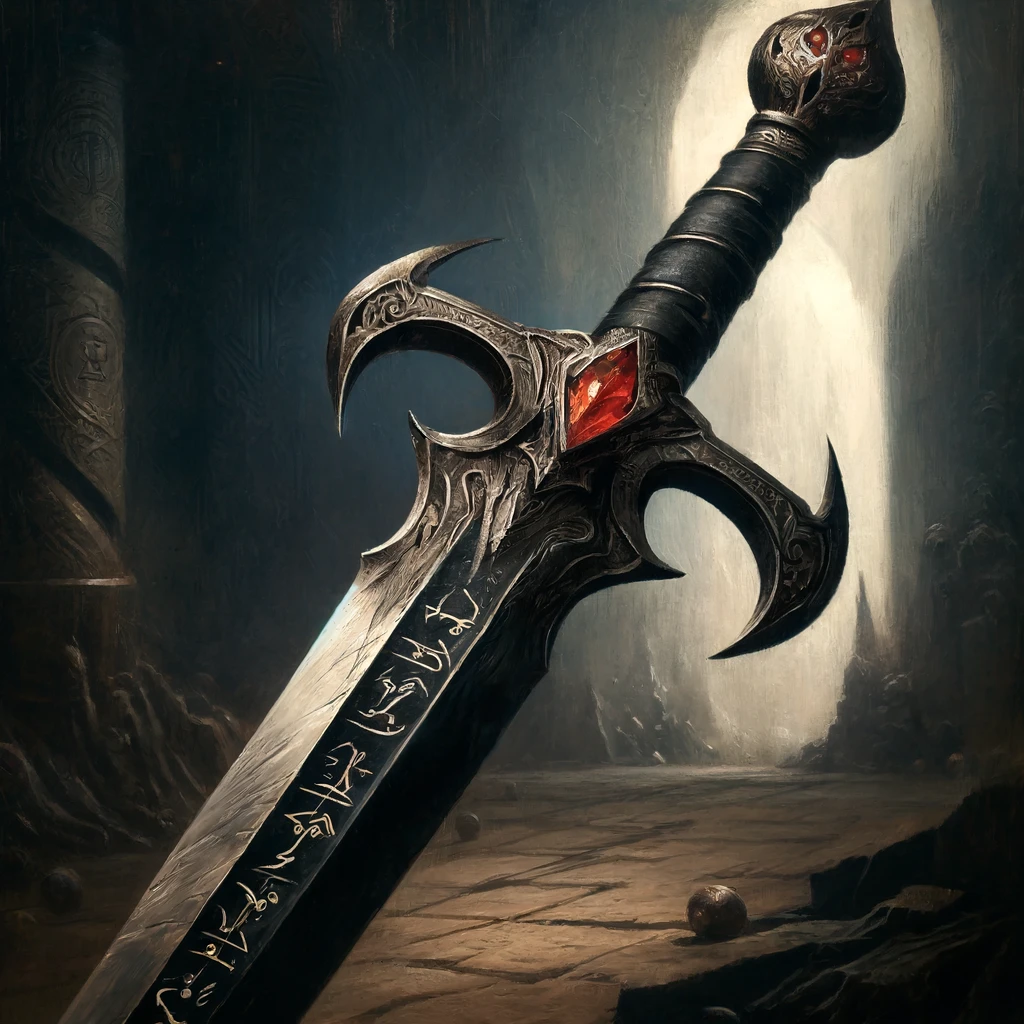
There are several artifacts and magical weapons are crucial to the storyline and play key roles in the potential defeat of Vecna. Notably, the Sword of Kas and the Eye and Hand of Vecna are paramount.
The Sword of Kas: This artifact is specifically designed to combat Vecna. It has powerful abilities, such as acting as a +6 defender, granting complete immunity to fear, charm, hold, and magic missile spells, and can invoke shield and paralyzation effects. Most significantly, it has resonant powers that activate when the wielder has grafted the Eye or Hand of Vecna onto his body and is in combat with Vecna. These powers include granting the wielder fire giant strength and other enhancements critical to facing Vecna directly .
The Eye and Hand of Vecna: These infamous relics grant significant powers but at great risk, including spell-like abilities and enhancements to physical attributes. However, their possession comes with the danger of the wielder being dominated by Vecna's will. The storyline suggests that these items are essential for anyone attempting to confront Vecna, particularly when wielded together with the Sword of Kas .
These artifacts are not just powerful magical items but also deeply integrated into the plot, representing both the potential for great power and the risk of ultimate corruption.
Mechanics and Gameplay: Complexity in Narrative
The module is renowned for its complex narrative intertwined with challenging gameplay mechanics. Players must navigate not only battles but also moral and ethical dilemmas that influence the multiverse's fate.
Legacy and Influence
The repercussions of Die Vecna Die! extend beyond its immediate narrative, influencing future D&D publications and the lore of major characters involved. The adventure is often cited for its depth and the profound impact it has on players' understanding of the D&D cosmos.
Final Reflections
Die Vecna Die! stands as a monument within the D&D adventures, a testament to intricate storytelling and the profound engagement it offers. It challenges players to think beyond the conventional, offering a journey that is as intellectually demanding as it is thrilling. This adventure is not just about stopping a villain; it's about understanding the implications of unchecked power and the responsibilities of those who wield it.
Die Vecna Die! is more than just a game module; it's a narrative exploration that tests the boundaries of its own universe and the players who dare to traverse it. Vecna's machinations and the heroes' responses to them encapsulate the eternal struggle between power and responsibility, making this adventure a compelling study of what it means to be a hero in the face of overwhelming darkness.

